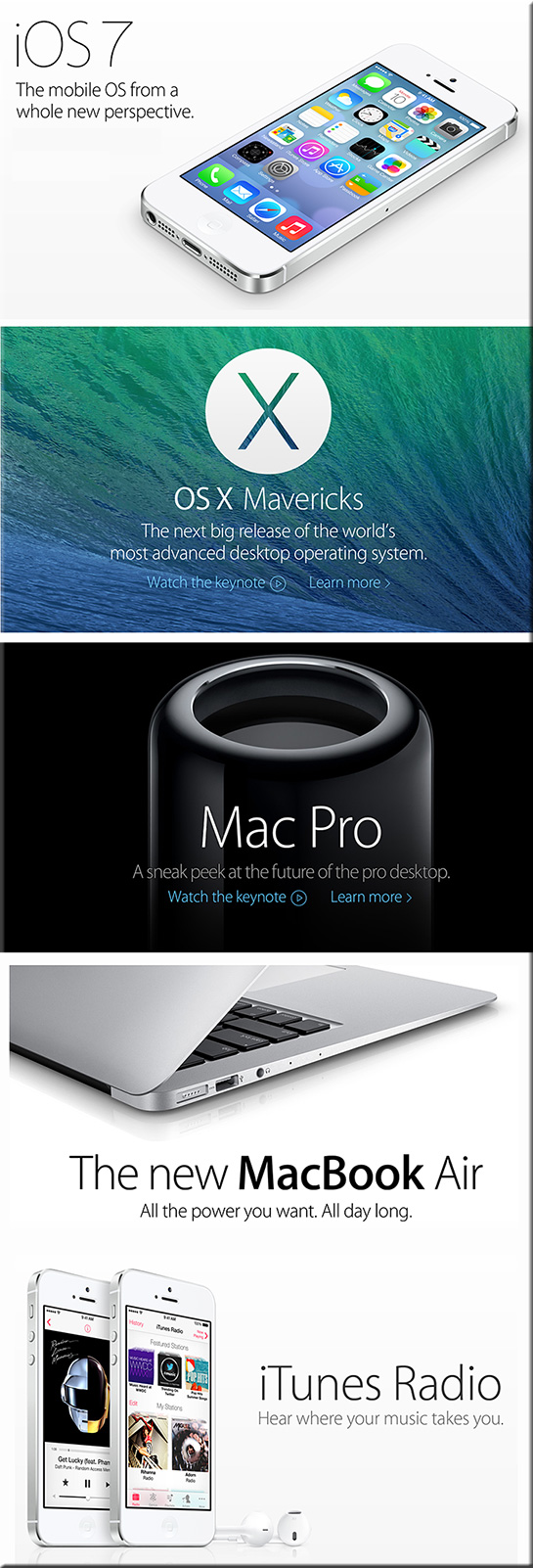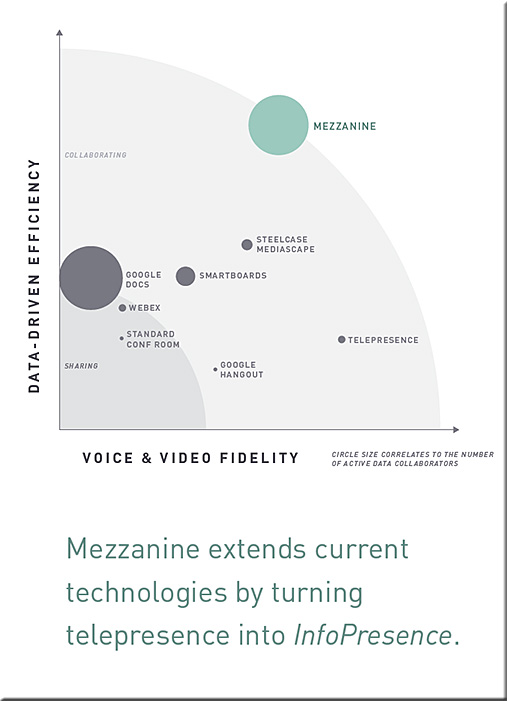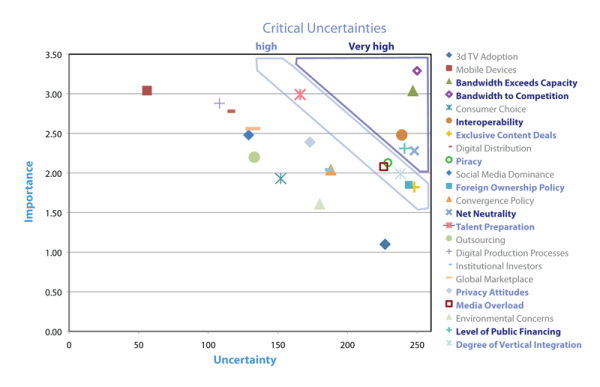The Internet of Things: 10 things consumers should expect — from econsultancy.com by Ben Davis
Excerpt:
Microsoft recently announced its newly branded Lab of Things. It describes this as ‘a flexible platform for experimental research that uses connected devices in homes.’
I thought I’d use this opportunity to look again at the rise of the connected device, and the future of the so-called internet of things, or IoT. Below you’ll see 10 things that you, the consumer, should expect over the next few years.
By the way, if you’re new to IoT, here’s a handy video summing it up, from EVRYTHNG.
One of the vendors/tools/developments mentioned was canary:
This is a portable bunch of sensors that connects with your router. It requires no modification of your home. It has a hd camera with nightvision, and does the following, deep breath;
- Live Video & Sensor Data
- Mobile Alerts / Push Notifications
- Bank Level Encryption
- Media Archive (Video, Audio)
- Learns & Improves From User Behavior
- Guided Action Plans for Emergencies
- Manual Arm & Disarm
- Automatic Arm & Disarm thru Geofencing
- Trigger Siren/Speaker Remotely
- Enable/Disable Features & Modes
- Enable Backup Alerts to Friends/Family
- Customizable Privacy Settings
- Track Data & Trends
Also see:

The Internet of Everything.
Thinfilm is bringing intelligence to applications where electronics have never been possible. In so doing, we dramatically expand the scope for one of this decade’s most significant strategic trends—the Internet of Things (IoT). The $100,000,000,000 opportunity.
.










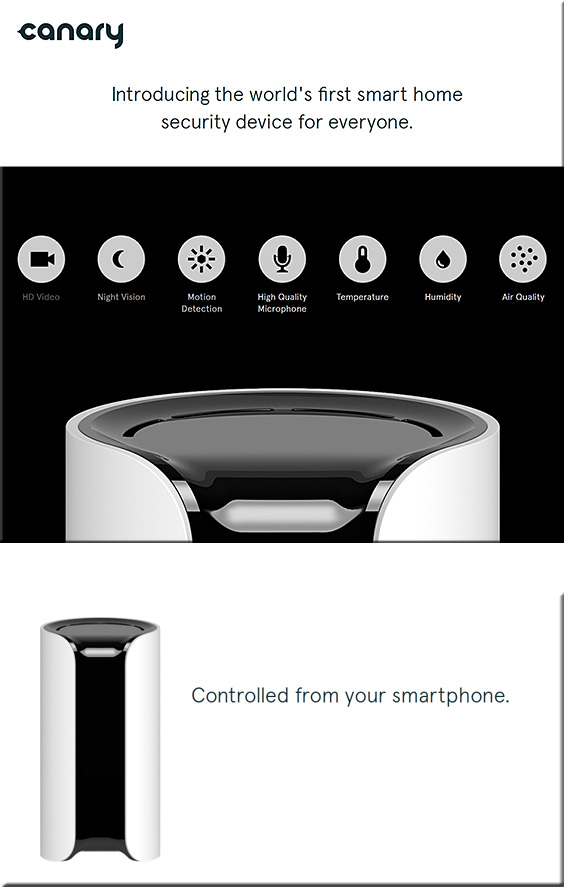
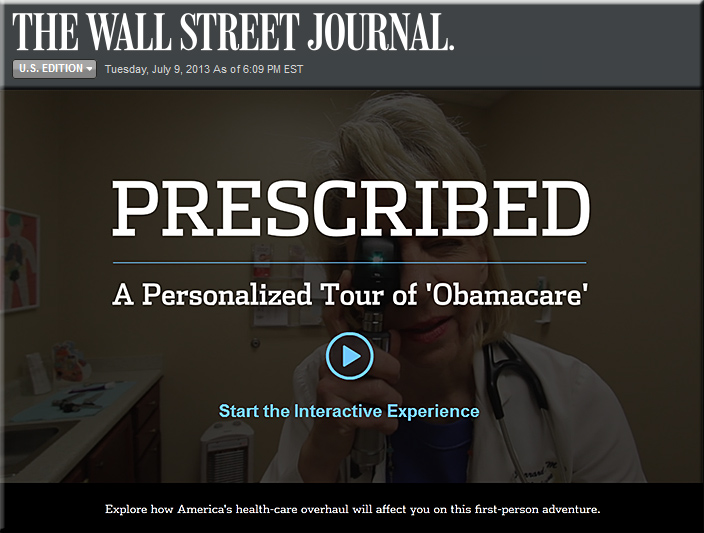

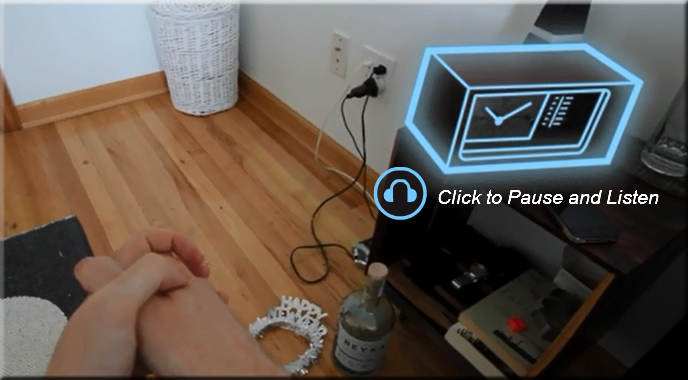
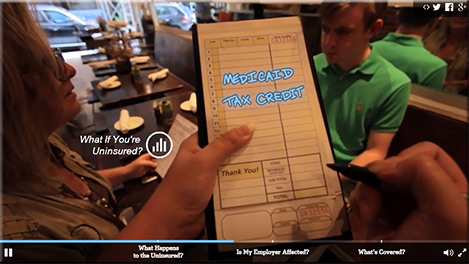




![The Living [Class] Room -- by Daniel Christian -- July 2012 -- a second device used in conjunction with a Smart/Connected TV](http://danielschristian.com/learning-ecosystems/wp-content/uploads/2012/07/The-Living-Class-Room-Daniel-S-Christian-July-2012.jpg)

